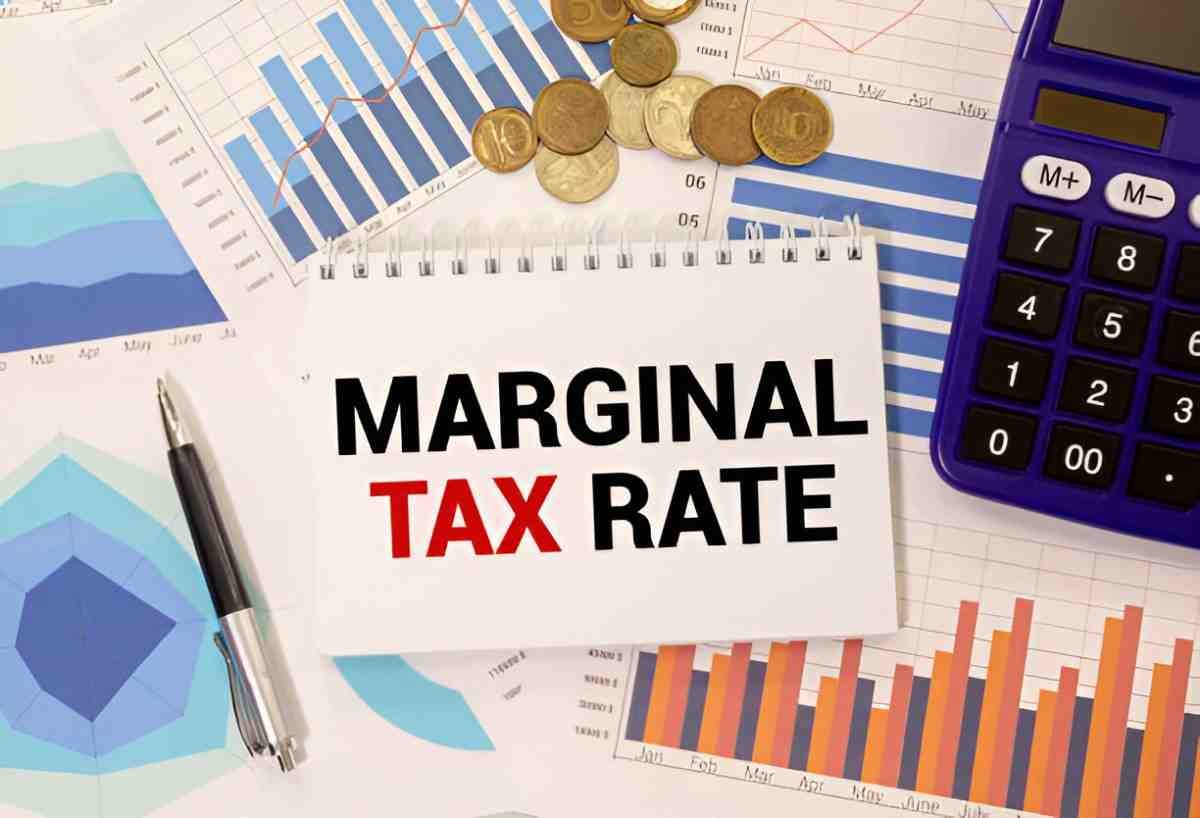Introduction
Investing in AGX stock, like any other equity investment, comes with tax implications. As an investor, understanding the marginal tax rate associated with AGX stock transactions can help optimize tax liability and improve financial planning. In this article, I will explain the concept of marginal tax rate, how it applies to stock investments, and the specific considerations for AGX stock investors in the United States.
Table of Contents
What is a Marginal Tax Rate?
The marginal tax rate is the percentage of tax applied to an additional dollar of income. The U.S. follows a progressive tax system, meaning that higher income levels are subject to higher tax rates. This principle extends to investment income, including capital gains, dividends, and other returns from stock investments.
Federal Income Tax Brackets (2024)
For clarity, the following table outlines the federal income tax brackets for individuals and married couples filing jointly:
| Tax Bracket | Single Filers Income | Married Filing Jointly Income | Marginal Tax Rate |
|---|---|---|---|
| $0 – $11,000 | $0 – $11,000 | $0 – $22,000 | 10% |
| $11,001 – $44,725 | $11,001 – $44,725 | $22,001 – $89,450 | 12% |
| $44,726 – $95,375 | $44,726 – $95,375 | $89,451 – $190,750 | 22% |
| $95,376 – $182,100 | $95,376 – $182,100 | $190,751 – $364,200 | 24% |
| $182,101 – $231,250 | $182,101 – $231,250 | $364,201 – $462,500 | 32% |
| $231,251 – $578,125 | $231,251 – $578,125 | $462,501 – $693,750 | 35% |
| Over $578,126 | Over $578,126 | Over $693,751 | 37% |
Understanding these brackets helps determine the tax implications of AGX stock income.
How Does the Marginal Tax Rate Apply to AGX Stock?
Investing in AGX stock can result in different types of taxable income, including capital gains, dividends, and ordinary income. Each of these is subject to different tax treatments under the marginal tax rate system.
Short-Term vs. Long-Term Capital Gains Tax
When selling AGX stock, the tax rate depends on the holding period.
- Short-term capital gains (held for one year or less) are taxed at ordinary income tax rates.
- Long-term capital gains (held for more than one year) benefit from lower tax rates.
Capital Gains Tax Rates (2024)
| Taxable Income (Single) | Taxable Income (Married) | Long-Term Capital Gains Rate |
|---|---|---|
| $0 – $44,625 | $0 – $89,250 | 0% |
| $44,626 – $492,300 | $89,251 – $553,850 | 15% |
| Over $492,301 | Over $553,851 | 20% |
This means that if I sell AGX stock after holding it for over a year, I could be taxed at a significantly lower rate than if I sold it within a year.
Qualified vs. Ordinary Dividends
If AGX stock pays dividends, the tax rate depends on whether they are qualified or ordinary:
- Qualified dividends are taxed at the lower capital gains tax rate.
- Ordinary dividends are taxed at the higher marginal income tax rate.
The IRS considers dividends from U.S. corporations qualified if I hold the stock for at least 61 days during the 121-day period surrounding the ex-dividend date.
Example Calculation of Marginal Tax Rate on AGX Stock Sale
To illustrate the marginal tax impact, assume I:
- Earn $80,000 annually
- Sell AGX stock for a $10,000 gain after holding it for two years
Since my total income is $90,000 ($80,000 salary + $10,000 capital gain), I fall within the 15% long-term capital gains tax bracket. Thus, I owe:
10,000 \times 0.15 = 1,500If instead, I had sold within a year, my marginal tax rate would be 22%, meaning:
10,000 \times 0.22 = 2,200By holding the stock for over a year, I reduce my tax liability by $700.
Tax-Efficient Strategies for AGX Stock Investors
Understanding marginal tax rates allows me to apply strategies to minimize liability:
- Holding Stocks for Over a Year – Maximizes eligibility for lower capital gains rates.
- Utilizing Tax-Advantaged Accounts – Investing in IRAs or 401(k)s can defer or eliminate taxes.
- Harvesting Losses – Selling underperforming stocks can offset gains.
- Managing Dividend Income – Favoring qualified dividends over ordinary dividends reduces tax liability.
- Spreading Out Gains – Selling stocks gradually over multiple years may keep me in a lower tax bracket.
State Tax Considerations
Beyond federal taxes, some states impose capital gains taxes. The following table highlights states with no capital gains taxes:
| State |
|---|
| Alaska |
| Florida |
| Nevada |
| South Dakota |
| Texas |
| Washington |
| Wyoming |
Living in these states can provide a tax advantage for AGX stock investors.
Conclusion
The marginal tax rate on AGX stock investments depends on income level, holding period, and type of earnings. By leveraging tax-efficient strategies, I can legally minimize my tax burden. Understanding these concepts helps me make informed investment decisions and maximize returns. By staying aware of federal and state tax laws, I ensure that I optimize my investment outcomes while remaining compliant with tax regulations.





